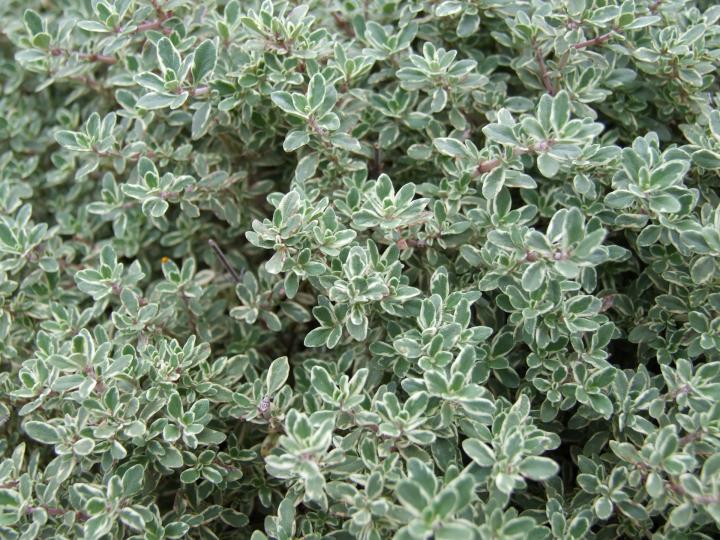






Thyme is a small perennial shrub with lots of branches and light purple to pink flowers. It’s aromatic and has a pleasant, pungent, clover flavor. There are over fifty varieties used in cooking and gardening. English thyme is used most often in cooking.
Burning thyme gets rid of insects in your house.
Celery: Planting, Growing and Harvesting Celery Plants
Chard: Planting, Growing, and Harvesting Chard
Lettuce: Planting, Growing and Harvesting Lettuce Plants
Onions: Planting, Growing and Harvesting Onion Plants
Potatoes: Planting, Growing and Harvesting Potato Plants
Beans: Planting, Growing and Harvesting Bean Plants
Bell Peppers: Planting, Growing and Harvesting Bell Pepper Plants
Cucumbers: Planting, Growing and Harvesting Cucumber Plants
Peas: Planting, Growing, and Harvesting Pea Plants
Rhubarb: Planting, Growing, and Harvesting Rhubarb Plants
Copyright © www.100flowers.win Botanic Garden All Rights Reserved